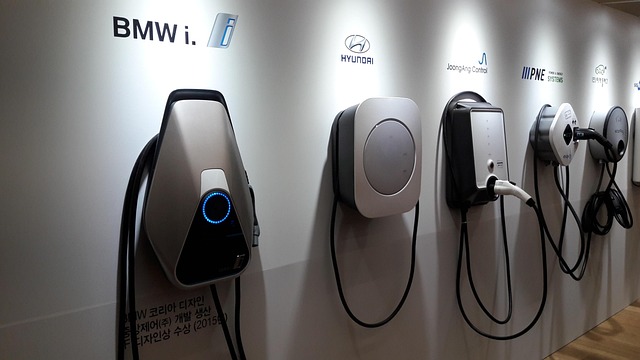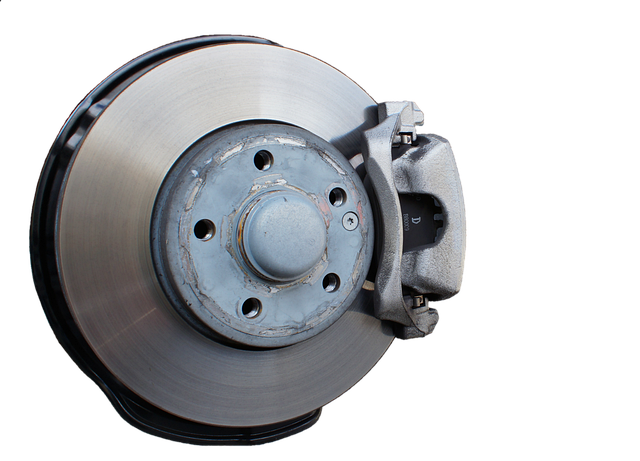
Charging Log Update: Latest Insights on Electric Car Service and Parts
Electric vehicle owners and fleet operators are increasingly relying on detailed charging log updates to keep their cars running smoothly. A charging log is more than a record of how many miles were covered; it becomes a diagnostic tool that signals when a battery or an auxiliary component may need attention. In this update, we examine how these logs are shaping maintenance practices, the types of parts that are being replaced, and the emerging trends in car service for the electric segment.
The Rise of Data-Driven Service
Historically, vehicle maintenance depended on scheduled intervals and mechanical inspection. Today, the proliferation of high-resolution charging log data has shifted the focus to predictive maintenance. Each charging event logs voltage, temperature, state‑of‑charge, and power draw. Service centers now parse these logs to detect subtle changes in performance that indicate component wear or degradation before a fault becomes visible.
- Battery pack temperature spikes can flag cooling system issues.
- Increasing charge times at the same state‑of‑charge suggest battery capacity loss.
- Irregular power curves during acceleration may point to inverter or motor wear.
These insights allow technicians to target specific parts, reducing unnecessary replacements and cutting down on vehicle downtime.
Common Parts Replaced According to Logs
From the data gathered over the past year, a few components consistently emerge as the most frequently serviced items. While the frequency can vary by model and usage pattern, the overall trend remains consistent across most electric car brands.
“We see a high turnover of DC‑DC converters and cooling system pumps in vehicles that are used for daily commuting in hot climates,” says a leading service provider.
- DC‑DC converters – responsible for stepping down high-voltage battery output to the car’s auxiliary 12‑volt system.
- Thermal management pumps – essential for keeping the battery pack within its optimal temperature range.
- Inverter modules – converting DC to AC for motor control, often the first point of wear in high‑performance vehicles.
- Fast‑charge interface connectors – susceptible to corrosion and electrical noise when subjected to rapid power delivery.
Charging log updates often highlight abnormal voltage fluctuations or increased resistance across these components, prompting timely intervention.
Battery Health and the Role of Logs
The battery remains the heart of any electric car, and its longevity is directly influenced by how well its operating conditions are monitored. Charging log updates give technicians a granular view of cycle depth, average charge rates, and temperature exposure. By aggregating this data, service teams can predict when a battery will reach its end‑of‑life threshold and schedule replacement before a sudden capacity drop.
Modern management systems use machine learning algorithms to correlate charging patterns with degradation curves. For instance, a car that frequently tops out at 80% during daily commutes may retain a higher capacity over the years compared to one that regularly charges to 100% at fast‑charge stations.
Furthermore, logs help identify irregularities such as a sudden increase in internal resistance, which is often a precursor to cell imbalance. Detecting such trends early allows for cell‑level balancing or even targeted cell replacement, extending the overall pack lifespan.
Maintenance Strategies Emerging from Log Analysis
Three main strategies are gaining traction among service networks as a result of charging log insights:
- Adaptive Scheduling: Rather than rigid 12‑month service intervals, technicians schedule check‑ups based on real usage data. A car that drives 30,000 miles in a year may receive a service appointment after 15,000 miles, while a low‑usage vehicle waits longer.
- Targeted Component Checks: Logs pinpoint which parts are operating outside their normal parameters. Instead of a full battery inspection, a technician might focus solely on the inverter or the cooling pump.
- Remote Diagnostics: With over-the-air updates, many manufacturers now stream charging logs to cloud platforms, enabling remote analysis and early fault detection without a visit to a service center.
These approaches have proven to cut service costs by up to 20% while improving reliability for owners.
Industry Response and Partnerships
Automakers and aftermarket suppliers are recognizing the value of detailed charging logs. Partnerships between OEMs and data analytics firms are becoming common, as manufacturers seek to refine their battery management systems based on real‑world evidence.
For example, a recent collaboration between a major electric car brand and a data science startup led to a new predictive model that can forecast the remaining useful life of a battery with 95% confidence. This model is now integrated into the vehicle’s on‑board diagnostics and is being communicated to the service center via a secure channel.
Additionally, many parts manufacturers are updating their product lines to be more resilient to the electrical stresses identified in charging logs. Cooling pumps now come with higher temperature tolerances, and inverter components feature improved thermal coatings that reduce wear at higher current densities.
Future Outlook: More Intelligent Logs
As electric vehicle penetration grows, charging log updates are expected to evolve beyond simple numerical records. Future logs may include:
- Contextual data such as ambient weather conditions, road gradient, and driver behavior.
- Integration with vehicle sensors to map battery health to specific usage scenarios.
- Real‑time alerts to the driver and service center when parameters exceed safe thresholds.
With the rise of connected car ecosystems, these richer logs will enable a seamless, proactive service experience, where parts replacement is predicted, ordered, and scheduled before the vehicle even reaches a shop.
Conclusion
The current charging log update landscape has transformed electric vehicle maintenance from a reactive discipline into a predictive science. By harnessing detailed data on every charge, service centers can pinpoint wear patterns, schedule timely interventions, and extend the lifespan of critical components such as batteries, inverters, and cooling systems.
Owners who embrace these data‑driven practices will benefit from reduced downtime, lower maintenance costs, and improved vehicle reliability. As manufacturers continue to refine battery management algorithms and supply chains adapt to the insights from charging logs, the future of electric car service looks brighter—and smarter—than ever.



